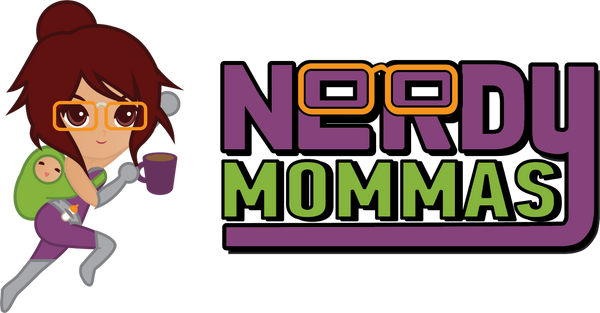Diaper Laundry Troubleshooting
Tackling Odors, Rashes, and Leaks — The Smart Way
If you're experiencing odor, rash, or absorbency issues with your cloth diapers, don't worry — you're not alone, and there are easy fixes!
Review these areas before doing a strip wash:
- Your washing load size
- Your detergent type and amount
- Your selected cycle options
- Your water condition
- Your washing schedule
Your Wash Routine and You
Cloth diaper laundry is just regular laundry — just really dirty laundry! Focus on a simple two-cycle routine:
- Pre-wash: Short, agitating cycle to loosen debris.
- Main wash: Long, heavy-duty cycle for deep cleaning.
1. Washing Load Size
Both overloading and underloading your washer can lead to poor cleaning. Here's how to balance your load:
- Too few items: Not enough friction to clean thoroughly.
- Too many items: Poor water flow and detergent distribution.
Front loaders: Fill ½ to ⅔ full.
Top loaders: Items should rotate visibly during agitation.
2. Detergent Type and Amount
Use a strong detergent without fabric softeners. Avoid DIY mixtures — they often lack the power to clean effectively.
Too much detergent: Causes residue and slipperiness.
Too little detergent: Won't remove buildup.
Tip: The machines need only 1-2 tablespoons. I personally use just ½ tsp of liquid Persil!
Click here to learn how to remove detergent build-up.
Click here for washing machine cleaning tips.
3. Cycle Options
Choose cycles that agitate well and run long enough to clean deeply.
- Pre-wash: Use quick or express wash — not just "rinse."
- Main wash: Use "heavy duty" or "whitest whites" + max soil/spin.
Water Temperature: Warm/hot water opens fibers better and helps detergent dissolve — especially powder. But yes, cold water can work!
4. Water Condition
Before using a softener, test your water hardness:
- Soft: 0–60 ppm
- Moderate: 61–120 ppm
- Hard: 121–180 ppm
- Very hard: 180+ ppm
Too hard: Reduces detergent efficacy; causes mineral buildup.
Too soft: Can lead to over-sudsing and residue.
Test kits are available at hardware stores or online. Knowing your water quality helps avoid guesswork.
5. Wash Frequency
Washing every 2–3 days prevents stink and keeps things manageable.
Not washing often? Rinse diapers before storing. Use a sprayer, hose, or toilet swish method. Let them drip dry before placing in the hamper.
Need personalized help? Book a one-on-one consultation.

3 comments
@brittany – could it be you need to clean your washer? I know it’s new, but maybe it’s worth a shot.
Can anyone help me? I have followed all of this and I’m still seeing suds in my washer. I’m using no detergent in my quick wash and only 1 tbsp in my main heavy duty Hot wash. I’ve tried Both liquid And powdered gain, liquid and powered Tide and rockin green with the same amount. And I’ve also tried the whites setting and the bulky setting with the same outcome. I keep having to continuously run cycles until it’s all out! (Now onto hour 8 of todays diaper washing adventure and STILL seeing suds) Could I possibly need even less detergent? That thought just seems crazy to me! I’m washing every 3 days about 20 diapers on average and the washer is a brand new front loader, it uses hardly any water and does not have an option to add more. I do not have this problem with our clothing even when using the same detergent and I use more than a tbsp for that, I follow the instructions on the container. I know the diapers are clean there is no smell or stains when the main wash is done, I just keep seeing white suds on the PUL of the covers. They have been stripped of all soaps and this still occurred on the first wash day after doing that, I did many many many hot wash cycles with no detergent until I gave up and HAND Rinsed them In the sink and then did a final hot wash cycle And they were finally clear! Now we are back to suds after one wash with only 1 tbsp of detergent.
This is probably THE BEST diaper washing troubleshooting blog I have ever read! Thank you Anna!